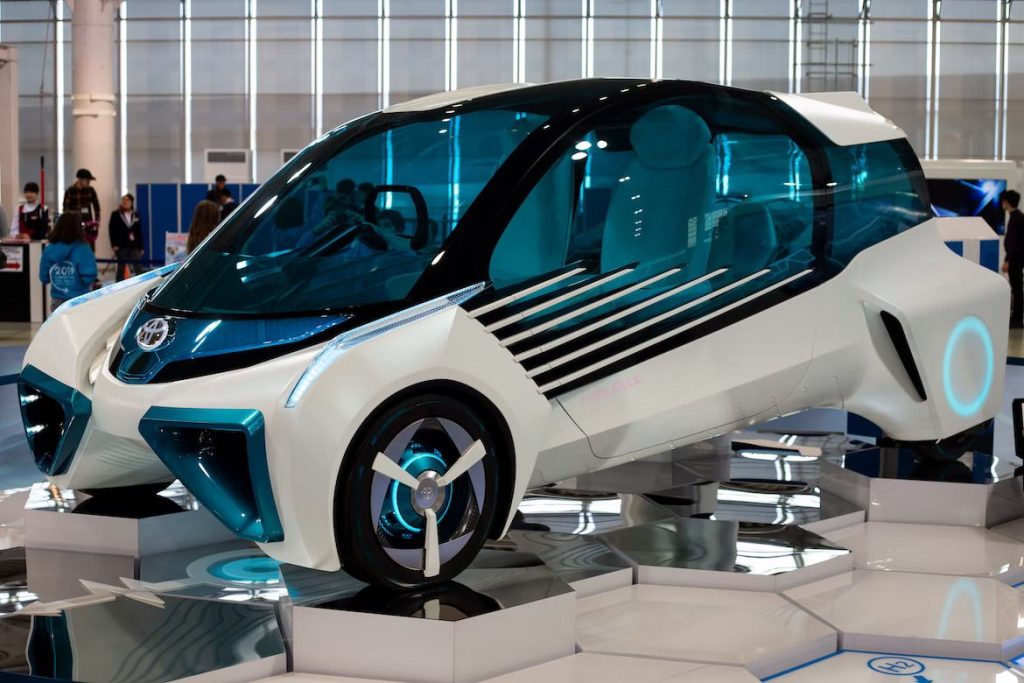Is Green Hydrogen Energy of the Future

7The hydrogen economy is using hydrogen to decarbonize economic sectors which are hard to electrify, essentially, the “hard-to-abate” sectors such as cement, steel, long-haul transport, ocean freight, air freight etc. In order to phase out fossil fuels and limit climate change, hydrogen can be created from water using renewable sources such as wind and solar, and its combustion only releases water vapor to the atmosphere.
Hydrogen is an energetic fuel, frequently used as rocket fuel, but numerous technical challenges prevent the creation of a large-scale hydrogen economy. These include the difficulty of developing long-term storage, pipelines and engine equipment; a relative lack of off-the-shelf engine technology that can currently run safely on hydrogen; safety concerns regarding the high reactivity of hydrogen fuel with oxygen in ambient air; the expense of producing it by electrolysis; and a lack of efficient photochemical water splitting technology. Hydrogen can also react in a fuel cell, which efficiently produces electricity in a process which is the reverse of electrolysis of water. The hydrogen economy is nevertheless slowly developing as a small part of the low-carbon economy. As of 2021, hydrogen is mainly used as an industrial feedstock, primarily for the production of ammonia and methanol, and in petroleum refining. Although initially hydrogen gas was thought not to occur naturally in convenient reservoirs, it is now demonstrated that this is not the case; a hydrogen system is currently being exploited in the region of Bourakebougou, Mali, producing electricity for the surrounding villages. More discoveries of naturally occurring hydrogen in continental, on-shore geological environments have been made in recent years and open the way to the novel field of natural or native hydrogen, supporting energy transition efforts. As of 2021, almost all (95%) of the world’s 70 million tons of hydrogen consumed yearly in industrial processing, significantly in fertilizer for 45 percent of world’s food, are produced by steam methane reforming (SMR) that also releases the greenhouse gas carbon dioxide.
A possible less-polluting alternative is the newer technology methane pyrolysis, though SMR with carbon capture and storage (CCS) may also greatly reduce carbon emissions. Small amounts of hydrogen (5%) are produced by the dedicated production of hydrogen from water, usually as a byproduct of the process of generating chlorine from seawater. As of 2021 there is not enough cheap clean electricity (renewable and nuclear) for this hydrogen to become a significant part of the low-carbon economy, and carbon dioxide is a by-product of the SMR process, but it can be captured and stored.
The idea of hydrogen economy has been heavily criticized from the moment it was proposed. The main issues with the H2E scenario are as follows:
The human civilization does not have a clean, energy-efficient and low-cost source of H2. The current production methods either produce a large amount of carbon dioxide per kW than direct burning of coal, or are more expensive or are less energy efficient.
Storage of H2 within a transportation vehicle for its own motive power faces cost and safety issues.
Conversion of H2 into electricity in fuel cells have a low (ca. 60%) energy efficiency, with issues of durability and cost remaining unresolved.
